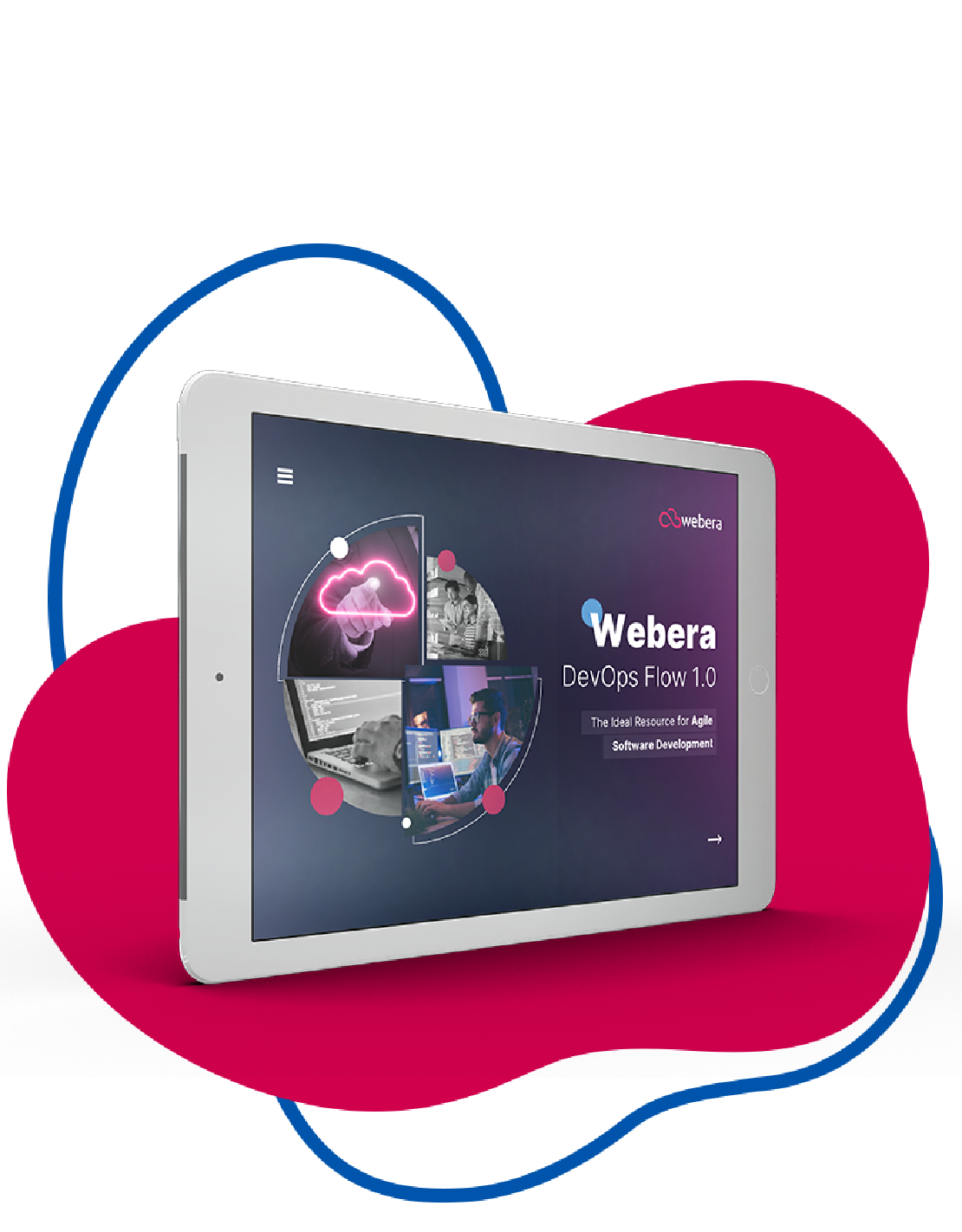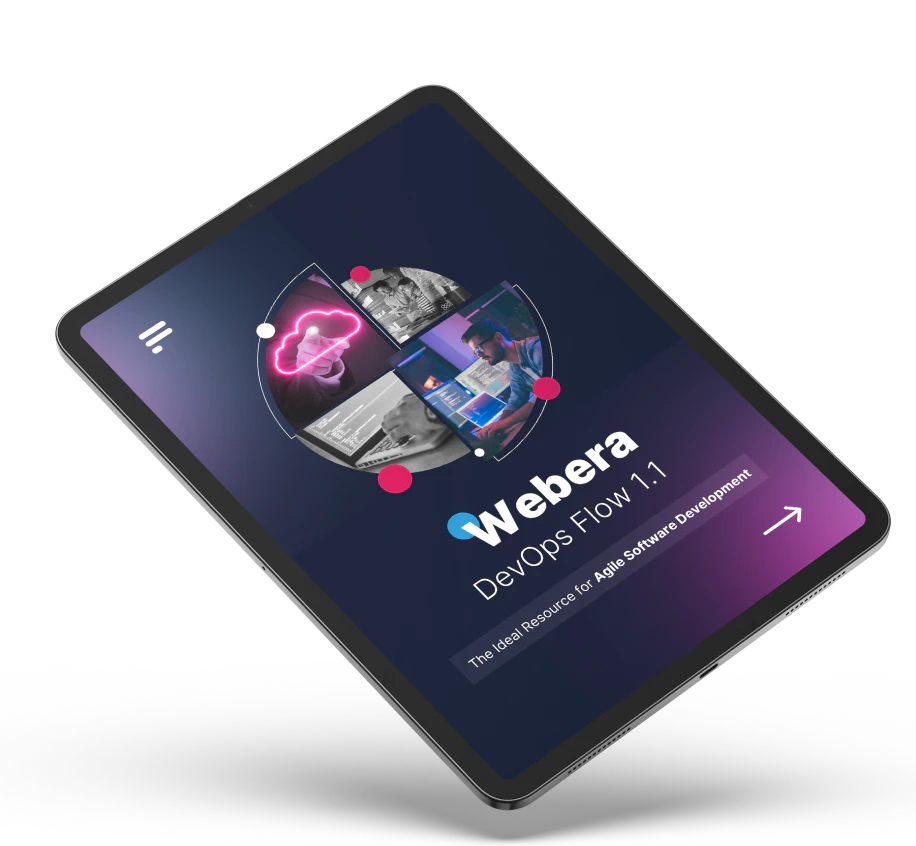Embracing the Webera Flow Production Line
At Webera, we strive to provide comprehensive solutions that promote collaborative and efficient workflows. With Webera Git Flow 1.0, we’ve created a dynamic workflow incorporating every phase of code production, including building, versioning, testing, and deployment. We focus on providing a seamless, integrated environment where teams can consistently deliver high-quality products.
Claim your Guide
At Webera, we strive to provide comprehensive solutions that promote collaborative and efficient workflows. With Webera Git Flow 1.0, we’ve created a dynamic workflow incorporating every phase of code production, including building, versioning, testing, and deployment. We focus on providing a seamless, integrated environment where teams can consistently deliver high-quality products.
Our robust production line encompasses a series of meticulously planned steps designed to streamline code development and delivery:
Task Assignment and Feature Branch Creation: When a new task is assigned, developers shift the story from “next up” to “in progress”, creating a dedicated feature branch from the main branch.
Code Development: Developers write the necessary code for the story within the feature branch.
Pull Request Initiation: Upon completing the code, developers open a pull request for merging the new code into the main branch.
Code Review: Another team member reviews the code locally, ensuring its accuracy before approving the pull request.
Code Merging and Feature Branch Deletion: Post-approval, the code is merged into the main branch, and the feature branch is deleted.
Build, Test, and Image Upload: The merging of code into the main branch triggers a GitHub Action, which builds the code, runs unit tests, and uploads the image to the registry with the commit ID tag.
Error Alerts and Successful Build Notifications: If the build or tests fail, the team receives an alert indicating the main branch is broken. Successful builds trigger a call to the Platform Repository, providing the repository name, Git SHA, and target environment (edge).
Deployment to Edge/Develop Environment: Using GitOps tools, the Platform Repository applies and maintains the K8s configuration, mitigating configuration drift. The code is then deployed to the Edge/Develop environment for validation.
Feature Validation: The development team, alongside automated tests, validates the deployed feature in the Edge/Develop environment.
Production Release: After successful validation, a developer initiates a new production release, moving the story to “in review” status and sending a message to the Platform Repository with the repository name, Git SHA, and target environment (production).
Production Deployment: The Platform Repository, upon receiving the message, opens a pull request with the image tag to be applied to the production environment. Once validated by the Product Owner or a DevOps team member in an emergency, the image tag is merged into the main branch and pushed to production, following the GitOps Flow.

Deep Dive into Webera Flow with Our
Webera Git Flow 1.0 offers a powerful way for teams to integrate their efforts, fostering active participation and commitment toward delivering quality products. Our structured workflow simplifies the production process, allowing teams to focus on what truly matters - creating value.
Download our Free Guide: Webera Git Flow
We created a comprehensive guide aiming to give your team the ability to fully understand the Webera Git Flow so you can start streamlining your product development and delivery process.
